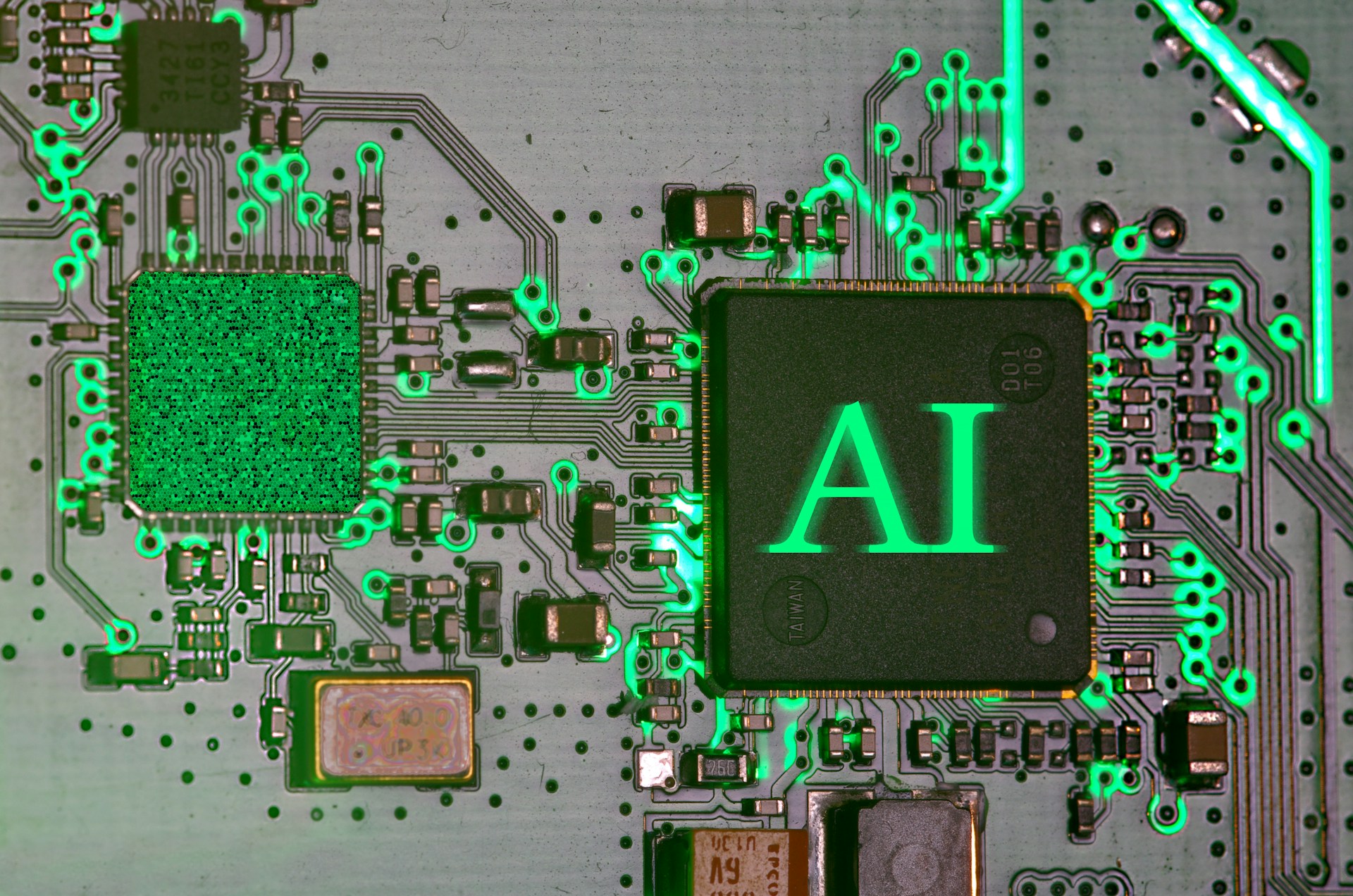Why Sustainable Artificial Intelligence?
The powers of Artificial Intelligence are taking over the world. The reach and impact of AI can been seen almost anywhere you look today. This comes with tremendous benefits. Artificial Intelligence can make daily tasks more efficient, help increase creativity, and much more. However, these powerful tools come with a cost as well. Artificial Intelligence is expensive to train. It takes a lot of time, computing power, and water. Also, these generative AI tools use lots of data to train, and to "learn" from this data to create new content. This creates many problems, such as biases in training data, ethical rules regarding who owns generated content, questions regarding what data is okay to use for training, and much more.
This website explore all the important questions, and current answers regarding the dangerous costs of AI. It will talk about how to make AI more sustainable and better for advancing the common good, and divide it into 2 different sections; social and environmental. Both topics are crucial in ensuring safe and beneficial artificial intellence systems. This website will also explore the various ways that AI can help sustainability efforts in a variety of topics. Continue reading and exploring this website to learn more.

